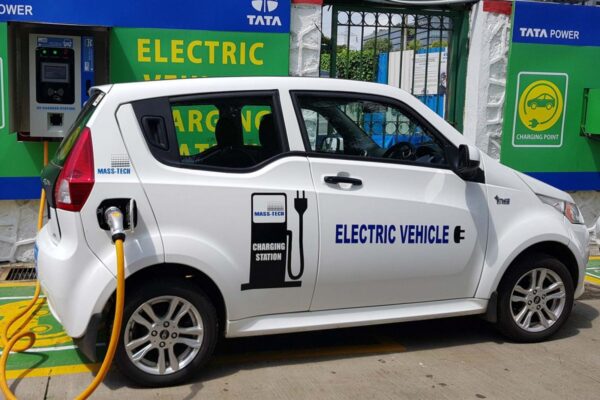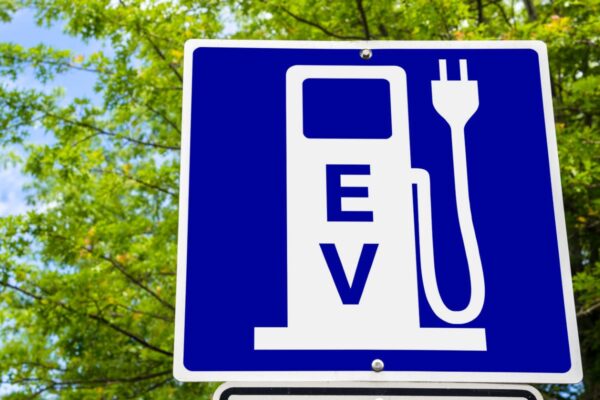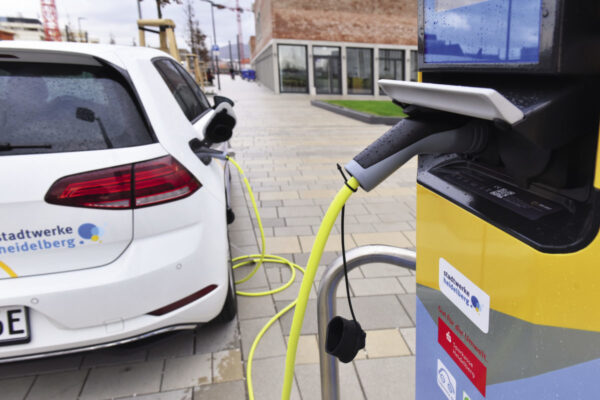Rapid EV development in India and EV’s position in relation to the world

Rapid EV development in India and EV’s position in relation to the world
The Indian electric car market is growing thanks to rising foreign direct investment, new production centres, and enhanced charging infrastructure. Government subsidies, laws that encourage deeper discounts for EVs built in India, and domestic ACC battery storage production is other growth drivers for the Indian EV market. Investors need a reason to start investing in this industry, particularly those in India.
As ground-breaking electrification technologies get closer to being widely used, investments are increasingly going to firms with a successful track record. VCs are seeking differentiation and asset-light strategies that are simple to grow. However, no angel investor begins by seeking ground-breaking concepts. They only demand one that is realistic. The EV market is developing and merging with other industries, like e-commerce and rapid commerce, which presents an opportunity.
Startups in the EV industry are typically evolving into software-intensive industries like producing ports, chargers, etc. This barely accounts for about 5% of the potential opportunities in the sector. They expand more slowly than other company models since they are asset-heavy and produce hardware for the most part.

The EV has not yet reached the same level of vertical integration as the Fintech industry did in 2012–2013 when Fintech was still in its infancy. There are certain difficulties in this area, particularly with regard to the hardware, post-sale support, and vehicle availability, which has slowed down funding in the first cycle. The structure will be established, and investment will start to flow.
Large automakers are releasing new EV four-wheelers right now, including Tata. As a result, this push causes the light to enter more powerfully. These firms would receive investments extremely rapidly when the next funding round started, providing investors with speedy profits.
The market disruptors in this sector, nevertheless, will be those who prioritize distribution and marketing. Today, manufacturing technology is widely accessible, and many startups produce their own goods. Although EV manufacturing businesses have the product ready, there are few distribution channels. Startups that address the issues with the EV supply chain will automatically get the trust of investors.
Over the past few years, EV use and adoption have increased significantly; affiliated businesses, or firms that have merged or agreed to cooperate in providing comprehensive A to Z services/products, are an example of this. For instance, if one firm specializes in developing infrastructure for charging stations while another startup focuses on providing EV maintenance services, they can collaborate to boost marketing efforts and the products they offer a lead jointly in sales, etc.
But the real question is: Would entrepreneurs in the EV industry buy businesses like that? Consolidation appears to be the next natural step, despite the fact that it hasn’t quite arrived there yet. Thus, investors consider both the business concept and their potential for investment.

Overall, the fundraising situation demonstrates that investors support the entire EV ecosystem and give top priority to productivity-driven, high-value-add regions throughout the value chain, which are frequently more price-competitive. In order to be optimistic about their growth strategy, EV companies must concentrate primarily on returns as they advance through the fundraising rounds.
With the rapid global expansion of electric vehicles, the automotive sector has undergone considerable upheaval. EVs are driving significant change in the transportation, energy, and climate change sectors and are essential to building a sustainable future.
Authorities everywhere are working to boost EVs‘ popularity with the public, and market pioneers are constantly looking for methods to boost their vehicles’ efficiency. Statista reports that China leads the globe in electric vehicle production, followed by Germany and the United States. In terms of percentage, Norway contributes 75% more to the production of plug-in electric vehicles than Iceland, Sweden, or Finland.
Superior performance in the earliest stages
In comparison to other countries, India has just lately begun its transition to 100% electric mobility. In order to promote the development of efficient EV models in India, the government has enacted essential rules and provided tax incentives to encourage users to opt for EVs rather than traditional, petrol-powered vehicles.
India is the world’s leading manufacturer of two- and three-wheeled vehicles and the second-largest manufacturer of buses and tractors in the world, even though more private cars are made in western countries. In addition, IISD Trade and Sustainability Review, Volume 1, Issue 3 report that two-wheeled electric cars accounted for 97.5% of revenues in India.
This shows that there is a pressing need to enhance other auto classifications in India outside private automobiles and that the country’s top business leaders are taking care to update each sector separately.
Public transportation is evolving

One of the key factors in India’s adoption of e-mobility has been the switch to electric buses for public transit. High-traffic, polluted urban regions like Mumbai have already adopted E-Buses for daily journeys and are luring taxis and other shared commuting choices to follow suit.
In contrast, major online retailers like Amazon and Flipkart have joined together to reduce carbon emissions via the widespread adoption of electric vehicles (EVs) for last-mile deliveries with the ultimate goal of achieving 100% e-mobility by 2030.
Construction of a solid foundation
It will take a lot of work for India to catch up to other industrialized nations, but one of the most serious problems is the state of its infrastructure. India is currently struggling to fast accept them, whereas Germany, the USA, and many other nations have a well-developed infrastructure and the ability to install e-charging stations, battery repair stores, and so on.
Nevertheless, numerous e-charging outlets have been set up around significant towns and along related motorways. Additionally, the government is attempting to subsidize owners of businesses that want to install e-charging facilities, albeit their plans are continually evolving.
Production, research, and alternative fuels worldwide
India’s consistent growth in EV manufacturing has the potential to push it to the top of the global EV production rankings. A study states that by 2030, there would be 45–50 million electric automobiles on Indian roads. Sales are still projected to reach 10 million annually, despite the industry’s expectation that they will grow at a CAGR of 49% between 2022 and 2030. The Indian EV industry is projected to be valued at $2 billion in 2023 and $7.09 billion in 2025.
Although the United States, Germany, and the United Kingdom have introduced technology that has been vital, India has been performing detailed research on renewable energy sources, lithium-ion batteries, solar batteries, and other areas. With all of these quick outputs planned, India would be capable of accelerating its development in the EV sector and closing the gap with developed nations.
Edited by Prakriti Arora




